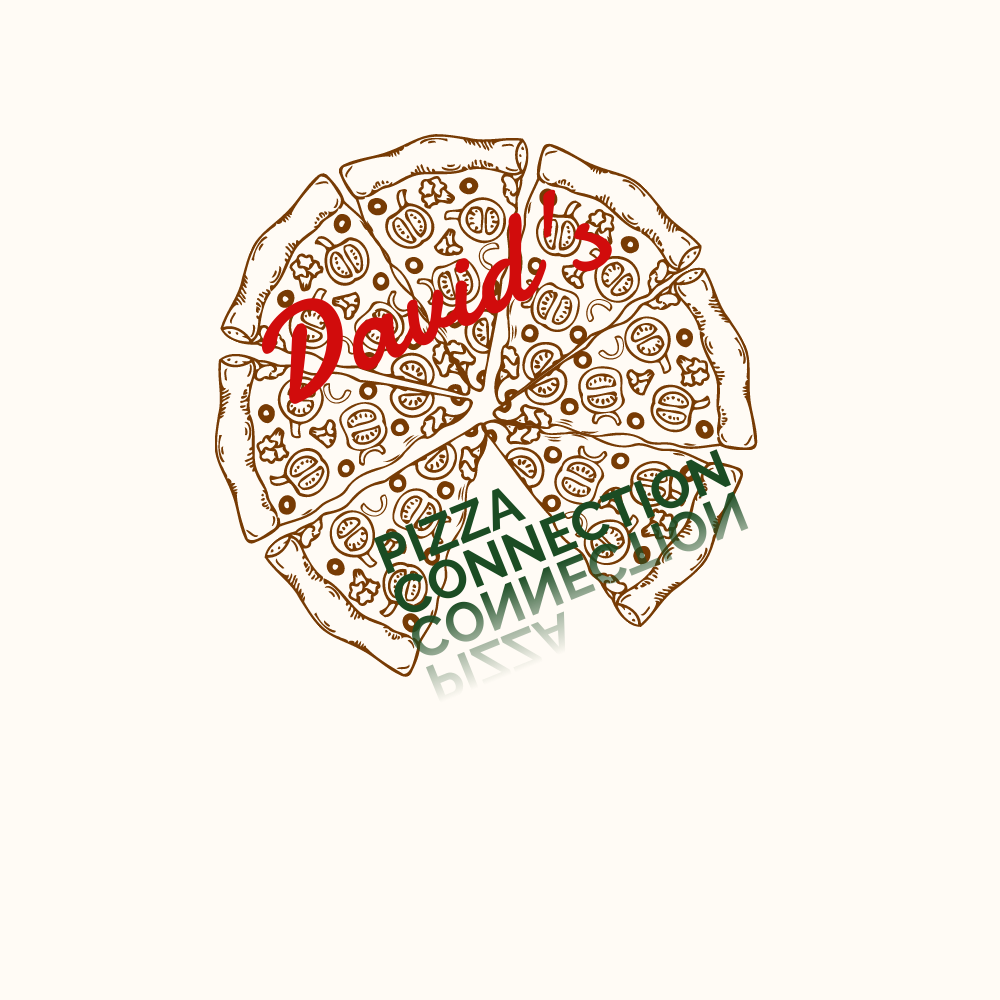For example, if the client understands that using alcohol in the day time triggers a binge, agreeing for a meeting in the afternoon in a restaurant that serves alcohol would be a SID5. It is essential to understand what individuals with SUD are rejecting when they say they do not need treatment. In this model, treatment success is defined as achieving and sustaining total abstinence from alcohol and drugs, and readiness for treatment is conflated with commitment to abstinence (e.g., Harrell, Trenz, Scherer, Martins, & Latimer, 2013). Additionally, the system is punitive to those who do not achieve abstinence, as exemplified by the widespread practice of involuntary treatment discharge for those who return to use (White, Scott, Dennis, & Boyle, 2005).
- The term relapse may be used to describe a prolonged return to substance use, whereas lapsemay be used to describe discrete, circumscribed…
- Cognitive therapy seeks to identify and challenge maladaptive thoughts and ideas such as I can never be 100% sober, the stress of my job makes me drink, if I only felt better and less stressed I would be able to stop drinking.
- Moderation analyses suggested that RP was consistently efficacious across treatment modalities (individual vs. group) and settings (inpatient vs. outpatient)22.
- In one model, for example, an individual attempting to follow a reduced calorie diet may experience an abstinence violation effect following ingestion of modest amounts of snack foods, leading to a transient inclination to abandon dietary restraint altogether.
Findings concerning possible genetic moderators of response to acamprosate have been reported [99], but are preliminary. Additionally, other findings suggest the influence of a DRD4 variable number of tandem repeats (VNTR) polymorphism on response to olanzapine, a dopamine antagonist that has been studied as an experimental treatment for alcohol problems. Olanzapine was found to reduce alcohol-related craving those with the long-repeat VNTR (DRD4 L), but not individuals with the short-repeat version (DRD4 S; [100,101]). Further, a randomized trial of olanzapine led to significantly improved drinking outcomes in DRD4 L but not DRD4 S individuals [100].
Abstinence violation effect
Current theory and research indicate that physiological components of drug withdrawal may be motivationally inert, with the core motivational constituent of withdrawal being negative affect [25,66]. Thus, examining withdrawal in relation to relapse may only prove useful to the extent that negative affect is assessed adequately [64]. Withdrawal tendencies can develop early in the course of addiction [25] and symptom profiles can vary based on stable intra-individual factors [63], suggesting the involvement of tonic processes. Despite serving as a chief diagnostic criterion, withdrawal often does not predict relapse, perhaps partly explaining its de-emphasis in contemporary motivational models of addiction [64]. However, recent studies show that withdrawal profiles are complex, multi-faceted and idiosyncratic, and that in the context of fine-grained analyses withdrawal indeed can predict relapse [64,65].

Most notably, we provide a recent update of the RP literature by focusing primarily on studies conducted within the last decade. We also provide updated reviews of research areas that have seen notable growth in the last few years; in particular, the application of advanced abstinence violation effect statistical modeling techniques to large treatment outcome datasets and the development of mindfulness-based relapse prevention. Additionally, we review the nascent but rapidly growing literature on genetic predictors of relapse following substance use interventions.
How AVE Affects Our Attempts at Recovery
Consistent with this idea, EMA studies have shown that social drinkers report greater alcohol consumption and violations of self-imposed drinking limits on days when self-control demands are high [79]. Limit violations were predictive of responses consistent with the AVE the following day, and greater distress about violations in turn predicted greater drinking [80]. Findings also suggested that these relationships varied based on individual differences, suggesting the interplay of static and dynamic factors in AVE responses. Evidence further suggests that practicing routine acts of self-control can reduce short-term incidence of relapse. For instance, Muraven [81] conducted a study in which participants were randomly assigned to practice small acts self-control acts on a daily basis for two weeks prior to a smoking cessation attempt. Compared to a control group, those who practiced self-control showed significantly longer time until relapse in the following month.
The last decade has seen numerous developments in the RP literature, including the publication of Relapse Prevention, Second Edition [29] and its companion text, Assessment of Addictive Behaviors, Second Edition [30]. The following sections provide an overview of major theoretical, empirical and applied advances related to RP over the last decade. (a) When restrained eaters’ diets were broken by consumption of a high-calorie milkshake preload, they subsequently show disinhibited eating (e.g. increased grams of ice-cream consumed) compared to control subjects and restrained eaters who did not drink the milkshake (figure based on data from [30]). (b) Restrained eaters whose diets were broken by a milkshake preload showed increased activity in the nucleus accumbens (NAcc) compared to restrained eaters who did not consume the preload and satiated non-dieters [64].
Behavior Change Is Hard
Yet smoking is only theorized to elicit an abstinence violation effect when it disrupts ongoing abstinence. Even when it remains below the level of full-blown relapse, smoking that is part of a routine pattern of daily use may not produce an AVE, because there is no abstinence to violate. To avoid data from periods when smoking had become routine, we limited the analysis to lapses that occurred before the onset of routine daily smoking. Daily resumption was defined as 3 or more consecutive days of smoking at any level, the last day of which marked the end of the initial abstinence attempt and the resumption of daily smoking.

The role of pre-lapse abstinence appears to be more subtle, interacting with AVE responses in a way that influences progression to additional lapses. Rather than undermining self-efficacy after a lapse, results indicate that longer periods of pre-lapse abstinence potentiated the effect of self-efficacy in protecting against subsequent progression. In such instances, the individual’s feeling of confidence may be better grounded in real experience; i.e., their ability to maintain abstinence for a longer time before the lapse event.
Mark received a bachelor’s degree in Business Administration, with a minor in Economics from the University of Rhode Island. He is a licensed residential home inspector in the state of Florida and relates his unique experience of analyzing a property and/or housing condition to determining any necessary course of action at our facility. Abstinence violation effect can be overcome, but it is far better to avoid suffering AVE in the first place. Enroll in Amethyst Recovery, and you’ll learn the skills you need to practice effective relapse prevention.
This dissonance can be reduced by either changing the behavior or changing the image, and characteristically in this population is resolved by the latter. This model has received a good deal of empirical support and has the merit of dismantling the process of relapse and exploring subjective and cognitive variables in a manner that has important treatment implications. Specific intervention strategies include helping the person identify and cope with high-risk situations, eliminating myths regarding a drug’s effects, managing lapses, and addressing misperceptions about the relapse process. Other more general strategies include helping the person develop positive addictions and employing stimulus-control and urge-management techniques. Although contradicting some particular aspects of AVE theory, this work confirms the importance of psychological responses in the relapse process. Relapse prevention theory can be distinguished from most other prominent theories of lapse-relapse progression, all of which assume that the pharmacological effects of lapsing promote relapse more-or-less directly.
Cognitive-Behavioral Model of Relapse
However, it is also possible that adaptations will be needed for individuals with nonabstinence goals (e.g., additional support with goal setting and monitoring drug use; ongoing care to support maintenance goals), and currently there is a dearth of research in this area. An additional concern is that the lack of research supporting the efficacy of established interventions for achieving nonabstinence goals presents a barrier to implementation. The relapse prevention model (RPM) developed by Marlatt was the first to establish an integrative framework for understanding the cognitive-behavioral processes that drive progression from lapses to relapse (Marlatt & Gordon, 1985), and has been prominent in clinical thinking about relapse. Nearly all other prominent models of addiction and relapse focus on the psychophysiological determinants of drug priming and reinforcement (e.g., Baker et al., 1986; Kalivas & Volkow, 2005; Koob & Le Moal, 1997; Robinson & Berridge, 2003). Specifically, relapse is predicted to be more likely when lapses produce an abstinence violation effect (AVE), characterized by internal attribution of blame, reduced abstinence self-efficacy, and feelings of guilt. This constellation of responses, coupled with the subjective effects of drug ingestion, is posited to predispose the person to further lapses, thus driving the lapse-relapse process in an accelerating downward spiral (Marlatt & Gordon, 1985).
- Other behavioral characteristics that have been identified in patients with bulimia nervosa include impulsivity and mood lability, and it is possible that these traits may contribute to the onset or perpetuation of symptoms in this disorder.
- Also, the client is asked to keep a current record where s/he can self-monitor thoughts, emotions or behaviours prior to a binge.
- Teasdale and colleagues (1995) have proposed a model of depressive relapse which attempts to explain the process of relapse in depression and also the mechanisms by which cognitive therapy achieves its prophylactic effects in the treatment of depression.
- In 1990, Marlatt was introduced to the philosophy of harm reduction during a trip to the Netherlands (Marlatt, 1998).
- Furthermore, the strength of proximal influences on relapse may vary based on distal risk factors, with these relationships becoming increasingly nonlinear as distal risk increases [31].
- The abstinence violation effect (AVE) occurs when an individual, having made a personal commitment to abstain from using a substance or to cease engaging in some other unwanted behavior, has an initial lapse whereby the substance or behavior is engaged in at least once.
To account for correlated observations due to repeated measures within subjects (i.e., recurrent lapse events), we used parametric shared-frailty models, the survival-data analog to mixed-effects (i.e., multilevel or hierarchical linear) regression models (Hougaard, 1999; Hosmer, Lemeshow, & May, 2008). These assume that there are individual differences in lapse risk, as well as differences attributable to within-subject variability (i.e., across lapse episodes). “Frailty effects” account for such individual differences in vulnerability, as distinct from factors that influence survival for each individual episode. We expected that individuals more prone to daily resumption and relapse would reach these milestones earlier and thereby drop from the sample of those at risk for an additional lapse.

 Contact Us
Contact Us